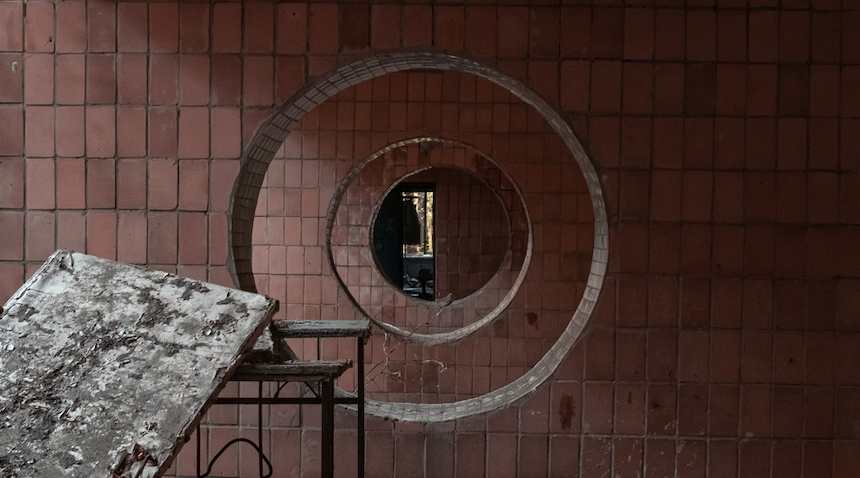JCP. The disaster response life cycle can be broken down into different phases: Mitigation, Preparedness, Response and Recovery. Mitigation is the work done within a community to try to reduce the risk of a disaster occurring or its potential impact. Prisoners will, for example, participate in seismic retrofitting of buildings and strengthening of seawalls. The next phase is Preparedness, which refers to preparations made in the lead-up to a disaster. For example, hurricanes are often predictable, and preparations can be made before they make landfall. Prisoners might make sandbags, prepare or clean shelters, and sort supplies. The Response phase takes place when the disaster occurs. Prisoners are involved in emergency response, such as putting out fires, cleaning and disposing of contaminated animal carcasses, and clearing roads so that emergency vehicles can access the community. Finally, in the Recovery phase – usually the longest one – prisoners participate in cleaning up the community, for example by rebuilding public facilities such as schools, or replanting vegetation.
The use of incarcerated workers is incentivised by certain disaster policies, such as the Stafford Act: it allows for the cost of incarcerated people’s labour to be reimbursed through the Federal Emergency Management Agency (FEMA) and their public assistance programs.
When a state prison agency sends out incarcerated workers, they keep track of all costs (number of hours worked, transportation, security monitoring). Then, those costs are sent to FEMA and a significant portion is reimbursed back to the state. Whenever an emergency happens, various state agencies are mobilised to provide resources. They coordinate together in the emergency operations centre and discuss the resources that each of them can provide. The state prison agency can provide vehicles, communication equipment and prison guards that can help with public safety functions. But their primary resource, their bread and butter, is incarcerated workers.
Moreover, state-owned prisons are much easier to get accountability from in terms of how they use incarcerated workers in disasters. Their policies are more visible, and their plans are more transparent. Private prisons on the other hand are almost like a black hole of information: it is very difficult to understand how they operate or what their policies are. The literature tends to say that the environment in private prisons is generally harsher, because they have lower budgets, they are always looking to cut costs, and they have high staff turnover due to lower wages. Labour practices inside private prisons are likely more hazardous compared to state prisons. At the county level, it is also more difficult to find information. Finally, federal prisons are less visible in terms of what they are sending their people out to do, but that is likely because they are less integrated into disaster response.
In California, which is very prone to wildfires, about 30 to 40% of the wildland firefighting force is made up of incarcerated workers. In practice, prison labour is present throughout the life cycle of a disaster, but documentation is sparse thus making it difficult to understand the scope of it. Often, states will say that incarcerated people volunteer to take part in it. Sometimes it is true. For example, incarcerated firefighters are often volunteers because the fire camps offer a much less harsh environment than ordinary prison environments. There are still several security restrictions, but prisoners placed in fire camps are out in nature and feel freer. Prisoners would also rather have their families come see them in a camp environment rather than a harsh prison environment. The pay is also better, but nowhere near what a civilian would make doing the same job. On the other hand, studies on incarcerated firefighters have shown that they are exposed to a disproportionate risk of health effects compared to civilian firefighters. Prisoners have been found to have more severe health issues and injuries because they do not have the same access to healthcare. Regarding consent, they are in a coercive environment that pushes them to volunteer and take the risks. Civilian firefighters do not have the same kind of constraints.

